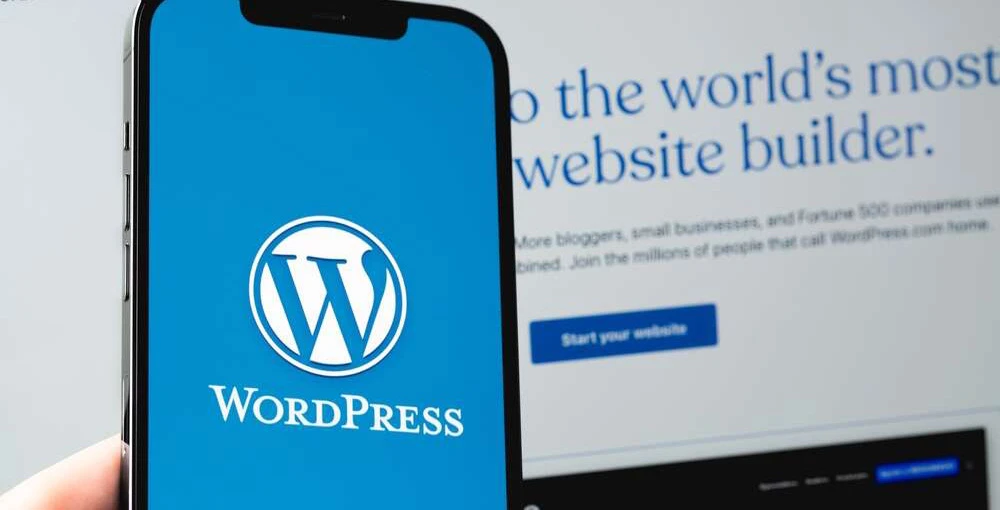The Top 5 Tips for Landing Pages That Work to Help Your Business

In the competitive landscape of digital marketing, landing pages play a pivotal role in transforming casual visitors into engaged leads and ultimately, into paying customers. A well-crafted landing page can effectively capture attention, convey a compelling value proposition, and guide users towards the desired action, whether it's a sign-up, a purchase, or a download. Conversely, a poorly designed landing page can lead to missed opportunities and wasted resources.
To ensure your landing pages are working effectively, follow these five essential tips:
1. Define a Clear Goal and Value Proposition
Establish a Clear Objective
Before embarking on the journey of designing your landing page, it's crucial to establish a clear and defined objective. What do you want visitors to do once they land on your page? Are you aiming to generate leads, drive sales, or increase brand awareness? Having a well-defined objective will guide your design decisions and ensure your landing page is aligned with your overall marketing goals.
Craft a Compelling Value Proposition
Once you have a clear objective, craft a compelling value proposition that concisely conveys the benefits your offering provides. Your value proposition should be tailored to your target audience, addressing their pain points and highlighting how your product or service can solve their problems. Use clear and concise language, avoiding jargon and clichés, to ensure your message resonates effectively.
2. Craft Compelling and Benefit-Focused Headlines
Capture Attention with Powerful Headlines
Your headline is the first impression visitors will have of your landing page, making it a crucial element in capturing attention and enticing users to engage further. Use strong action verbs, clear language, and a focus on the benefits your product or service offers. Avoid jargon and clichés, and strive for a headline that resonates with your target audience's pain points and aspirations.
Highlight Key Benefits to Boost Traffic
The headline should serve as a concise summary of the key benefits your product or service offers. Instead of simply stating the name of your product or service, focus on highlighting the tangible benefits that users can expect to gain from using your offering.
3. Use High-Quality Visuals that Enhance the Message
The Power of Visual Storytelling
Visuals play a powerful role in capturing attention, conveying emotions, and reinforcing your value proposition. Choose high-resolution images, videos, or graphics that complement your message and resonate with your target audience. Use visuals strategically to guide the user's eye and emphasize key points.
Avoid Visual Clutter
While visuals are essential, it's important to avoid using too many or distracting visuals that detract from the core message. Maintain a balance between using visuals to enhance the user experience and keeping the focus on the main message and call-to-action.
4. Make the Call-to-Action (CTA) Stand Out
The Guiding Beacon
The CTA is the button or link that guides visitors towards the desired action, whether it's signing up for a newsletter, downloading a whitepaper, or making a purchase. Design your CTA to stand out prominently from the rest of the page, using strong action verbs, contrasting colors, and a clear and concise message.
Ease of Use
Make sure your CTA is easy to find and easy to click on. Avoid using confusing or ambiguous language, and ensure the CTA is positioned strategically within the page layout to maximize visibility and engagement.
5. Optimize for Mobile Devices
Catering to the Mobile Majority
With the increasing prevalence of mobile internet usage, ensuring your landing page is optimized for mobile devices is paramount. Use responsive design principles to ensure your page displays correctly across various screen sizes and devices. Make sure the CTA is easy to tap, and the overall layout is intuitive for mobile users.
Mobile-First Approach
Consider adopting a mobile-first approach when designing your landing page, ensuring that the mobile experience is seamless and user-friendly. This approach prioritizes the mobile user experience, which can then be adapted for larger screens.
By following these five essential tips, you can create landing pages that effectively capture attention, convey a compelling value proposition, and guide users towards the desired action, ultimately enhancing your conversion rates and achieving your marketing goals.













